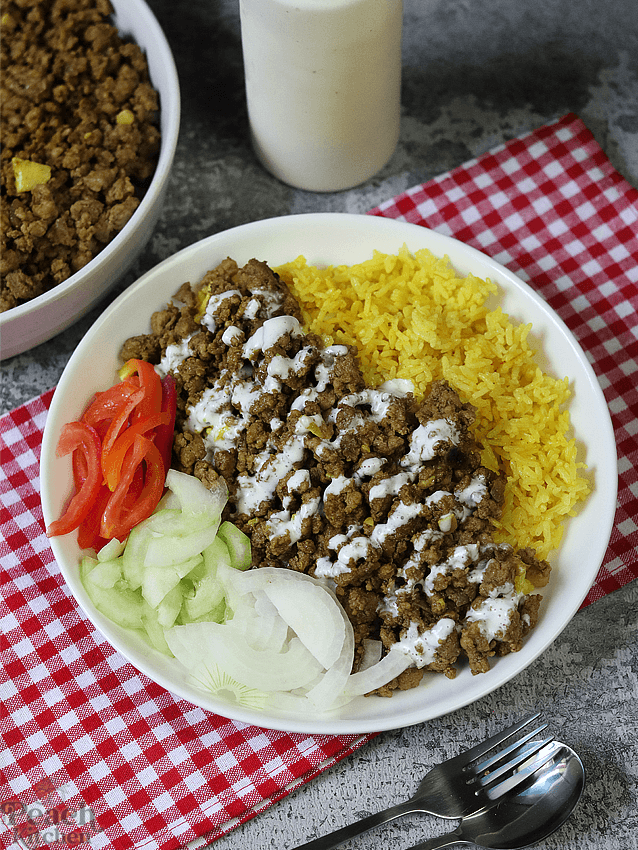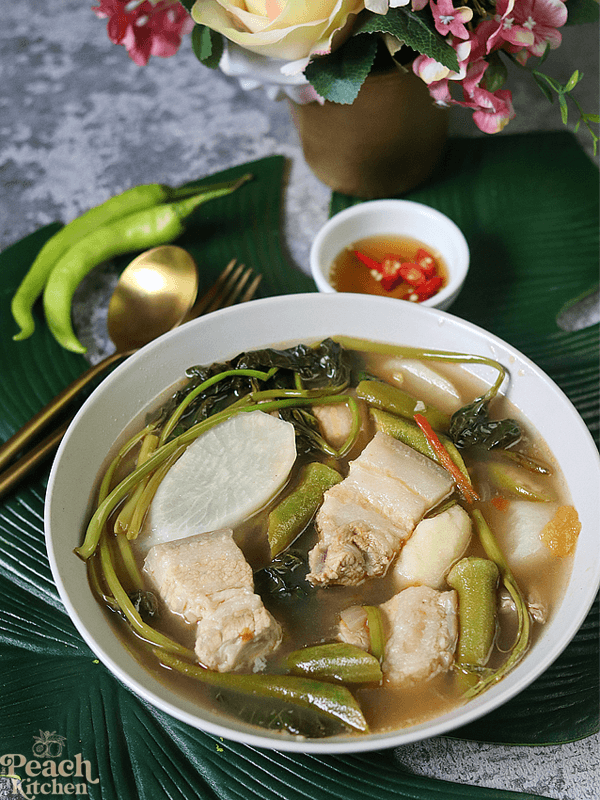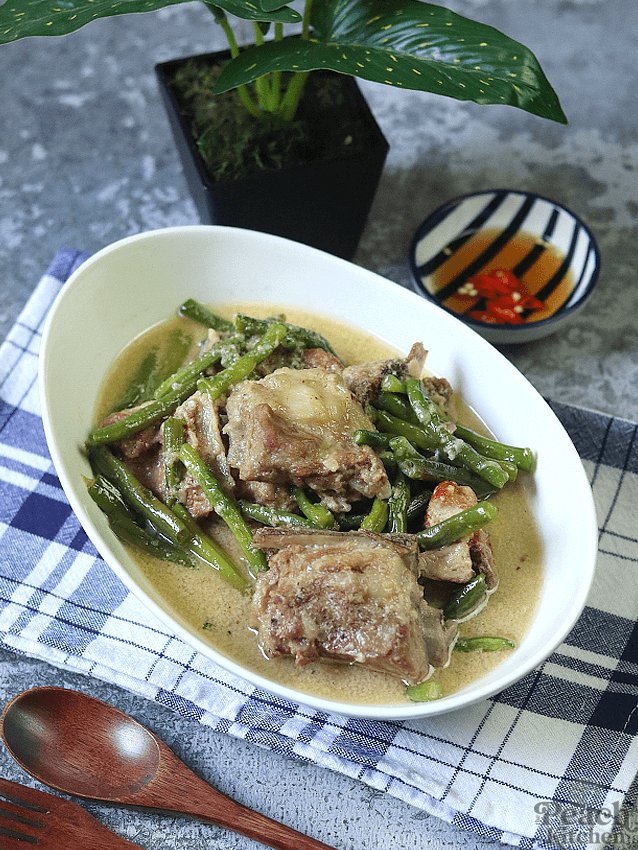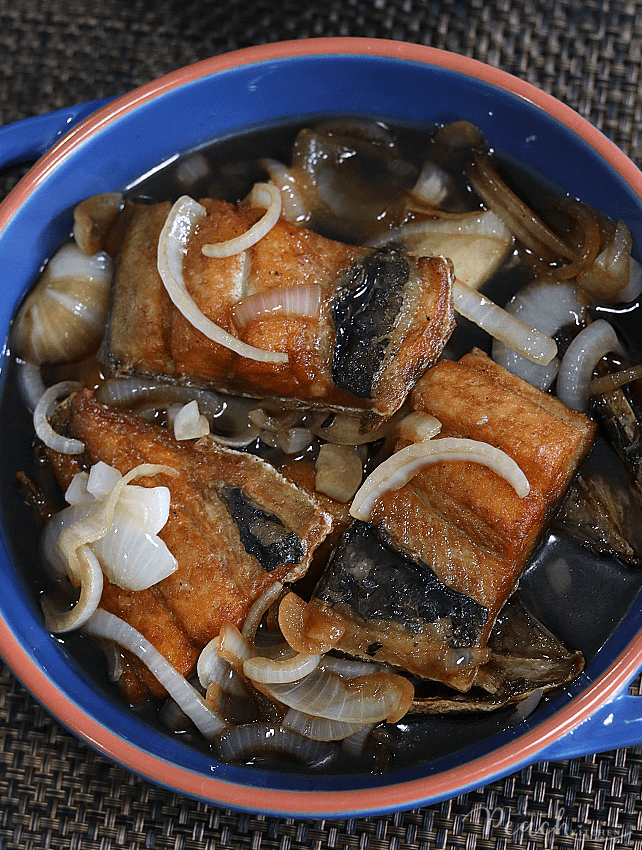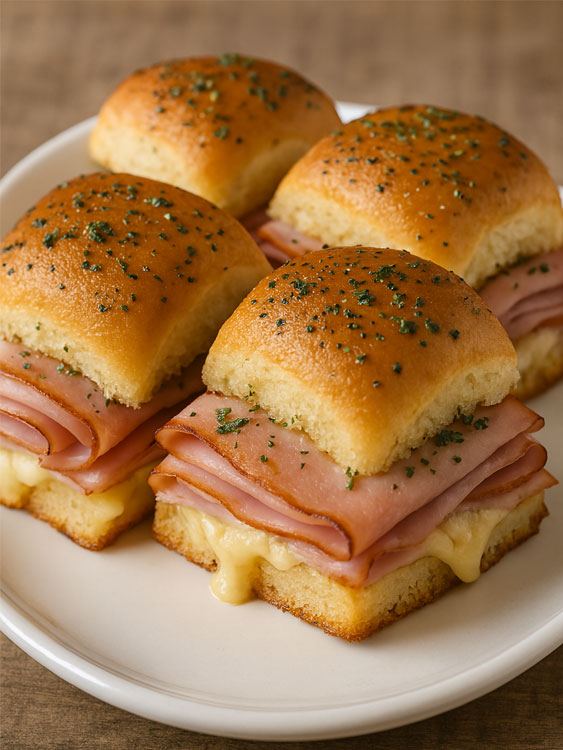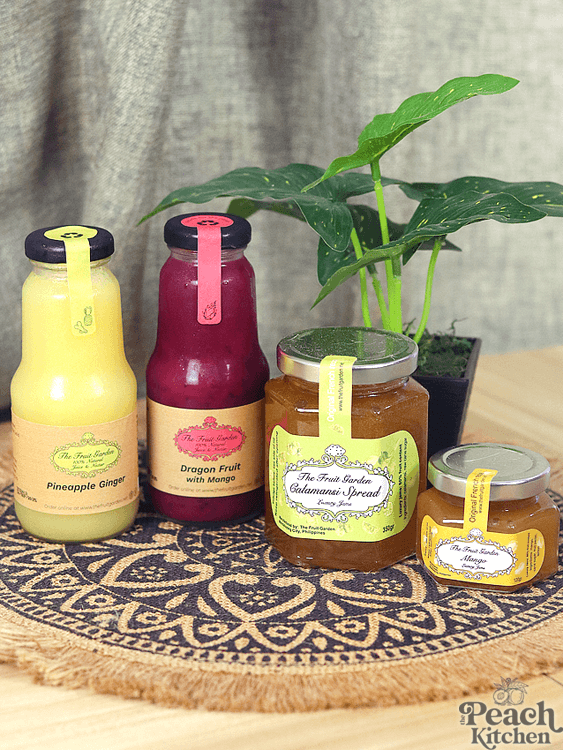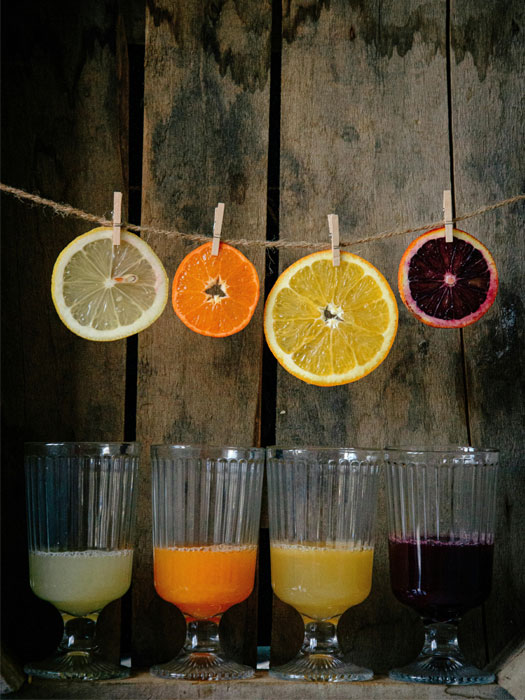
In the fast-paced world of modern cooking, one type of cookware has emerged as the shining star among home cooks and professional chefs. This cookware has a robust construction, exceptional heat distribution, and is non-reactive.
We are talking about stainless steel cookware – the most sought-after choice for those seeking culinary perfection. However, sometimes even the most seasoned cooks can stumble upon common mistakes that can hinder the performance and longevity of their beloved stainless steel cookware sets. Today, we embark on a journey to uncover these missteps and equip you with the knowledge to avoid stainless steel cookware mistakes.
The 6 Stainless Steel Mistakes You Can’t Afford to Make
Here are six mistakes to avoid with stainless steel cookware, ensuring your favourite cookware sets last a lifetime.
Overheating
When subjected to excessive heat, stainless steel cookware can become warped, discolored, or even develop hot spots that result in uneven cooking. To avoid these issues and preserve the quality of your stainless steel cookware sets, it’s crucial to understand the reasons behind overheating and adopt proper heat management techniques.
One of the main reasons for overheating stainless steel cookware is using high heat settings unnecessarily. Stainless steel is known for its excellent conductivity, which can distribute heat evenly across its surface. As a result, you typically don’t need to crank up the heat to its maximum setting. Instead, opt for low to medium heat levels, ensuring even cooking without subjecting the stainless steel cookware to excessive temperatures.
Another factor contributing to overheating is leaving an empty stainless steel pan on high heat for an extended period. Stainless steel cookware can quickly reach dangerous temperatures when there’s no food or liquid to absorb the heat. This can lead to discoloration, warping, and even permanent damage to the pan. Always ensure there is some form of food or liquid in your stainless steel cookware before applying heat.
To prevent overheating, monitoring cooking times and adjusting the heat is vital. Stainless steel cookware retains heat well, so you can often reduce the heat slightly once the desired temperature is reached. This will prevent unnecessary heat buildup and potential damage.
Using Metal Utensils
Using metal utensils with stainless steel cookware is a mistake that can result in scratches and damage to the cooking surface. Stainless steel is a durable material, but it is not entirely scratch-proof. Metal utensils, such as forks, knives, and metal spatulas, have the potential to scrape the surface, compromising its integrity and aesthetics.
To avoid these issues, it is best to opt for utensils made of softer materials when using stainless steel cookware. Silicone, wooden, or nylon utensils are excellent alternatives as they are gentler on the stainless steel cookware’s surface and less likely to cause scratches. These materials are heat-resistant, ensuring they won’t melt or warp when exposed to high temperatures.
Neglecting Preheating
This mistake can hinder the cooking process and lead to subpar results. Preheating refers to the practice of heating the stainless steel cookware before adding ingredients, and it plays a crucial role in achieving optimal cooking outcomes with stainless steel cookware sets.
Preheating serves several purposes. Firstly, it helps to distribute heat evenly across the entire cookware surface, ensuring consistent cooking. When the stainless steel cookware is heated before adding ingredients, it creates a stable and uniform cooking environment, reducing the likelihood of hot spots or unevenly cooked food.
Preheating also enhances the non-stick properties of stainless steel cookware. As the metal heats up, it expands slightly, creating a temporary non-stick effect. This makes it easier to sear, brown, or caramelize ingredients without sticking to the surface.
To properly preheat your stainless steel cookware, follow these steps:
- Place the stainless steel cookware on the stovetop over medium heat.
- Allow the cookware to heat gradually for a few minutes, ensuring the entire surface is heated evenly.
- Perform a water droplet test to check if the cookware is adequately preheated. Sprinkle a few drops of water onto the surface – if the water sizzles and evaporates almost immediately, the cookware is ready for use.
Using Abrasive Cleaners or Scouring Pads
While stainless steel cookware is known for its durability, it is not impervious to scratches and abrasions. Using harsh cleaning tools can result in visible scratches, dullness, and even compromising the stainless cookware’s protective layer.
Abrasive cleaners, such as powdered cleansers or harsh chemical-based solutions, should be avoided when cleaning stainless steel cookware. These cleaners contain particles or chemicals that can be too abrasive for the cookware’s surface. Similarly, scouring pads with rough textures, like steel wool or abrasive scrubbing brushes, should be avoided with stainless steel cookware sets. These pads can leave behind visible scratches when used with force or pressure.
Instead of using abrasive cleaners and scouring pads, opt for gentler cleaning methods that will keep your stainless steel cookware looking pristine. These include non-abrasive sponges, mild detergents, baking soda, and vinegar.
Neglecting Proper Care and Maintenance
As we all know, stainless steel cookware is designed to be durable but can become tarnished, stained, or lose its shine without regular care. By incorporating simple care and maintenance routines into your kitchen practices, you can ensure that your stainless steel cookware remains in excellent condition for years. Here are some essential care and maintenance tips to follow with stainless steel cookware:
- Regular Cleaning: Clean promptly after each use with warm soapy water and a soft sponge, avoiding harsh abrasives.
- Storing with Care: Avoid stacking directly on each other; use a soft cloth or paper towel as a protective barrier.
- Avoiding Temperature Changes: Allow gradual cooling before cleaning or immersing in water to prevent warping or spots.
- Removing Stubborn Stains: Create a solution with baking soda and water, gently scrub with a non-abrasive sponge, rinse, and dry.
- Polishing for Shine: Periodically use a stainless steel cleaner or polish following instructions for a lustrous finish.
Storing Food in the Cookware
Storing food in stainless steel cookware is a mistake that can compromise both the food’s quality and the cookware’s integrity. While it may be tempting to transfer leftovers directly into your stainless steel cookware for convenience, it is vital to avoid this practice to ensure food safety and preserve your stainless steel cookware sets for years to come.
We recommend transferring leftover food into appropriate airtight containers designed for food storage. These containers will help maintain food safety, prevent cross-contamination, and preserve the quality and flavor of the food. Ensure the containers are made of food-grade materials and are properly sealed to keep the food fresh.
Get started with stainless steel cookware
By understanding these six common stainless steel cookware mistakes and implementing the proper techniques, you can harness the full potential of your stainless steel cookware. With its durability, versatility, and non-reactive properties, stainless steel cookware will continue to shine in your kitchen, providing exceptional cooking experiences and delicious meals for years. So let’s embrace the art of cooking with stainless steel cookware, avoid these mistakes, and savor the joys of a well-equipped kitchen.








